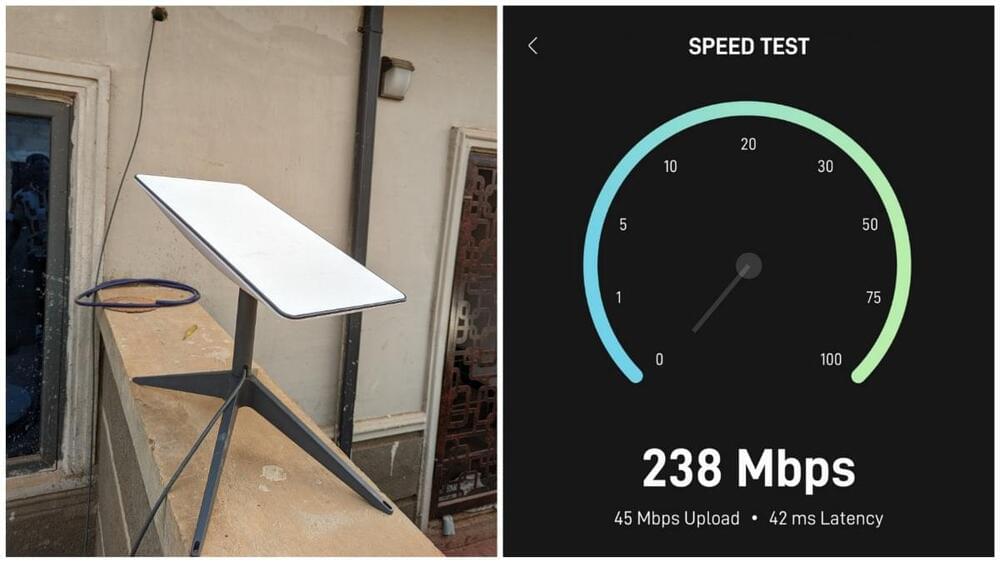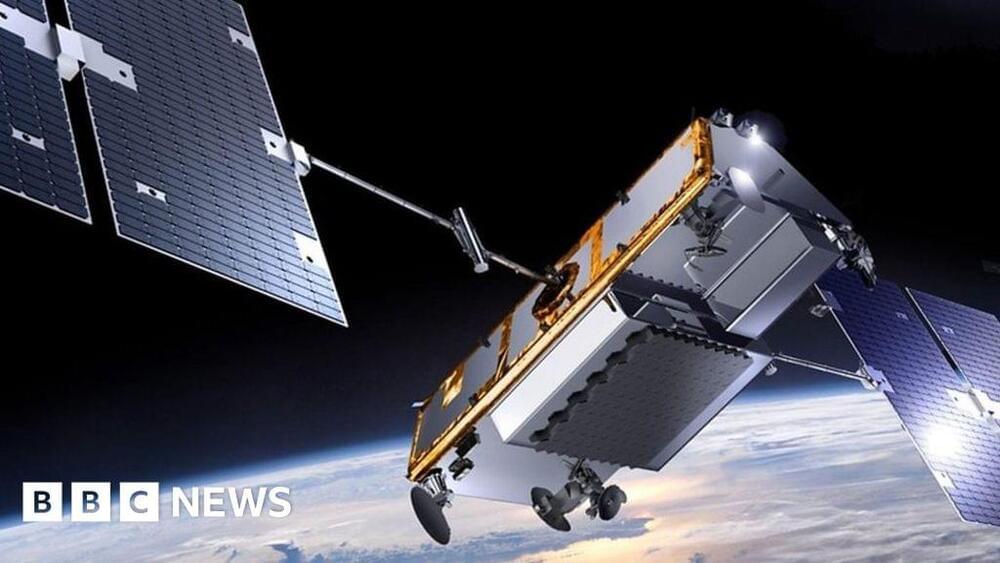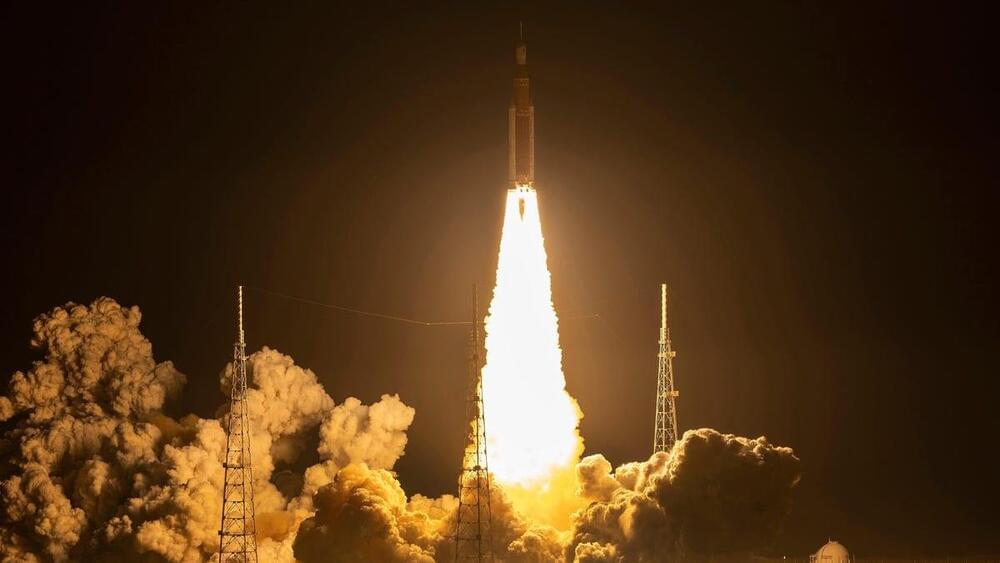SpaceX Starlink Internet service will soon be available across the West African country of Nigeria, according to Nigeria’s Minister of Communications and Digital Economy Isa Ali Pantami. SpaceX already delivered some Starlink user terminals to the country to commence services. “As part of the partnership, SpaceX is to provide broadband access across the whole of Nigeria, enabling nationwide access to broadband connectivity way ahead of the December 2025 schedule, as outlined in our national broadband plan,” said Pantami. “With this collaboration with SpaceX’s Starlink, Nigeria is set to be the first African country to introduce the service.” Nigeria’s goals was to cover 90% of the country’s population with reliable internet access by 2025, the goal is now attainable because the Starlink satellite network is easy to set up and capable of beaming high-speed internet to rural and remote communities. SpaceX’s official Starlink Coverage Map says the service is ‘coming soon’ to Nigeria, users must input their address on the website to find out if its already available in their specific area.
On the partnership with SpaceX and StarLink. They have now commenced the deployment of their facilities in Nigeria is the first African country to reach that partnership & also approval for the deployment. pic.twitter.com/QamCN2AG4z — Prof. Isa Ali Ibrahim (@ProfIsaPantami) December 29, 2022
The company sent an email to potential customers living in Nigeria, stating that the service is available for pre-order. “Order now to reserve your Starlink expects to expand service in your area [Nigeria] in 2023. You will receive a notification once your Starlink is ready to ship,” the email says. The hardware to access the satellite internet service costs $600 [N438,000] in Nigeria with an internet subscription of $43 [N31,390] per month.




